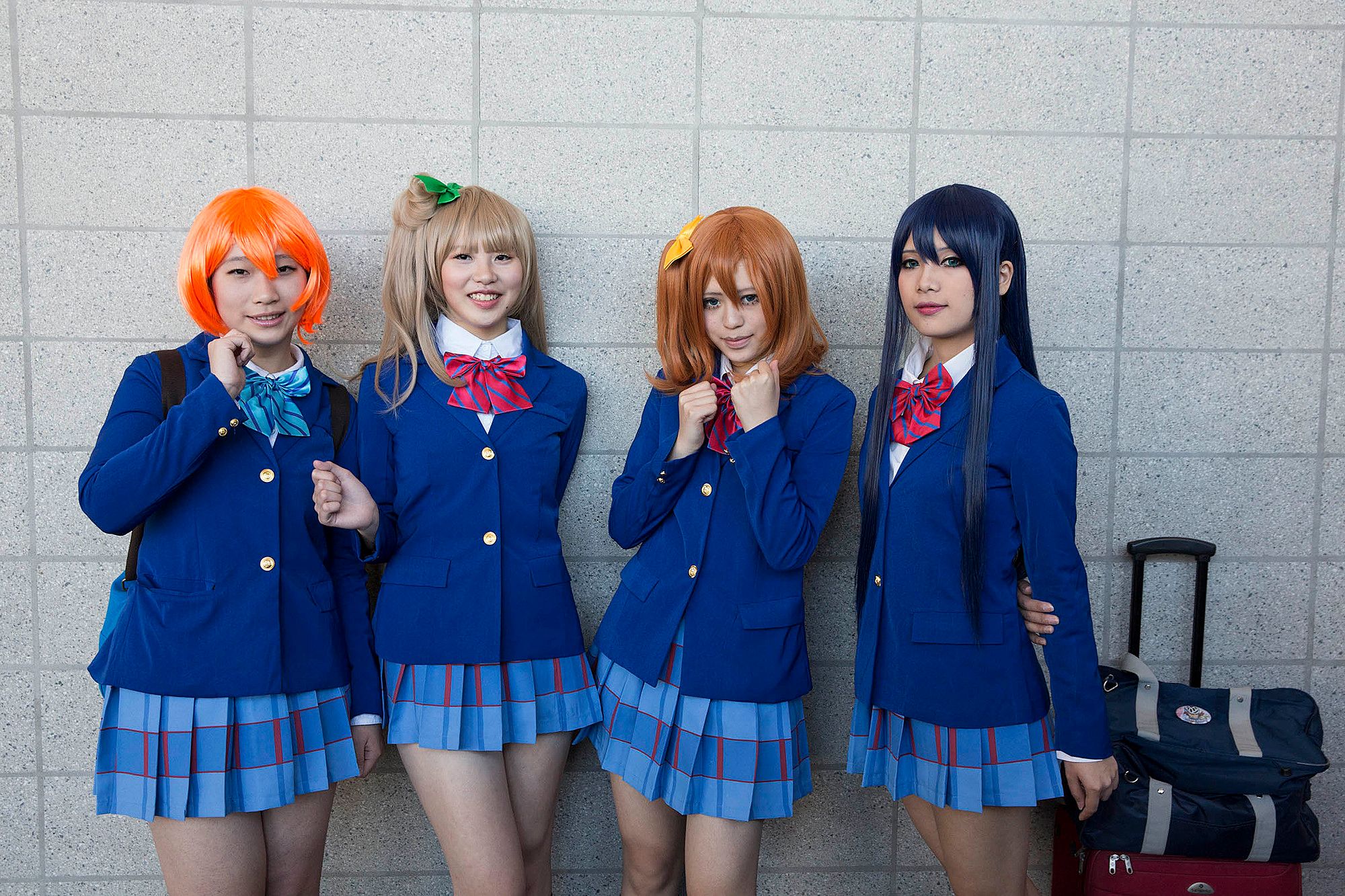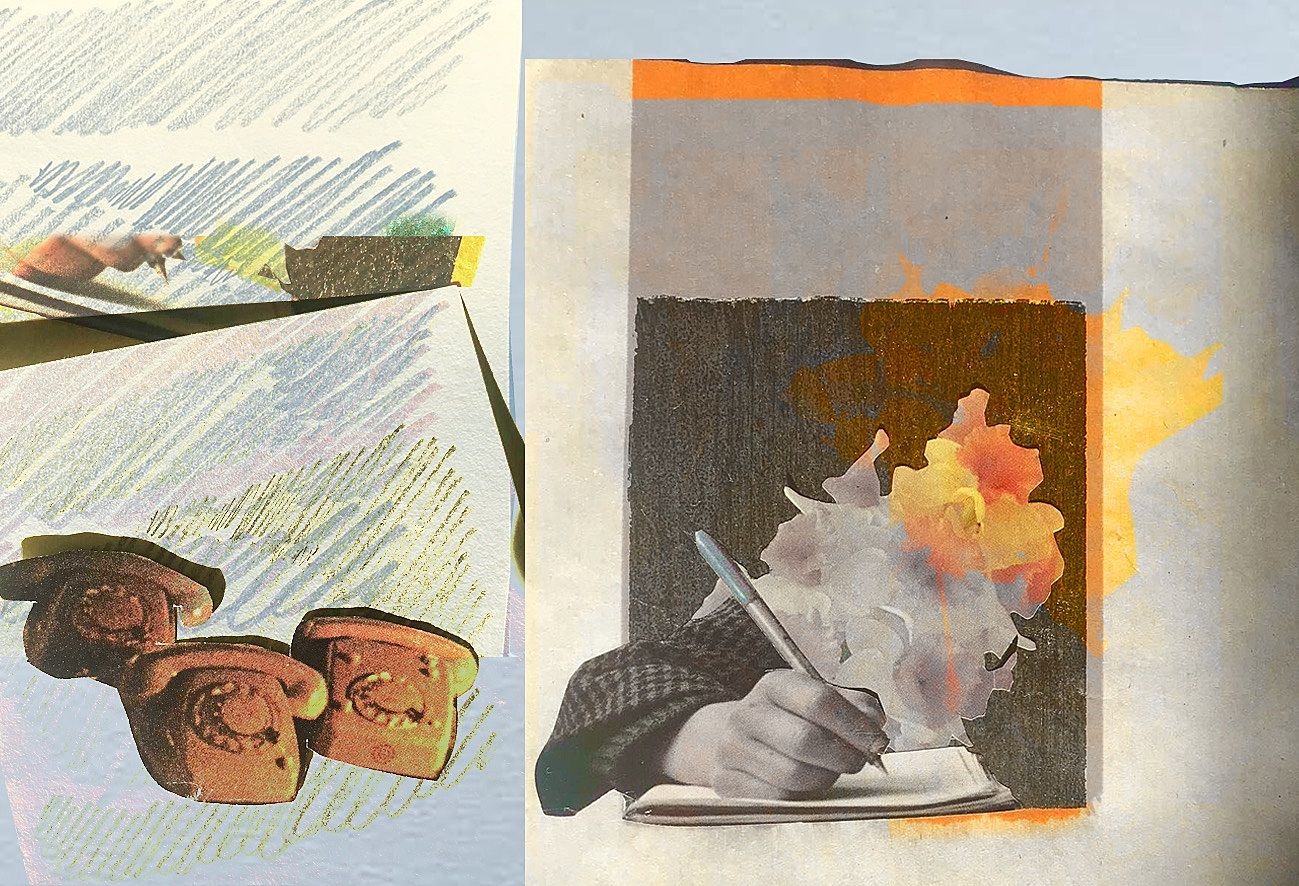Cosplay: Craft and Consent
On craft and consent in cosplay
Dressing up as your favourite science-fiction, comic book or fantasy character seemed like some inscrutable form of escapism once, but with the rise of festivals like Armageddon and its megalith overseas equivalents, it's come onto the grid - with all the behavioural expectations and tensions that involves. This week, we premiere Jose Barbosa's profile of Wellington cosplayer Wendy Allison's journey to the Auckland armageddon finals, while Japanese language and culture lecturer Dr Emerald King looks into the craft of cosplay and the issues of consent that have been arising as the community enters the mainstream.
Documentary
Jose Barbosa & Louis Olsen
Written Feature
Emerald King
In 2013, American cosplay model Meagan Marie wrote an angry response to an incident that had taken place at PAX East the week before. She had been at a Tomb Raider gathering as part of the expansive gamer festival when a journalist began directing lewd questions at a group of women dressed as Lara Croft. When one of the cosplayers objected to his questions, he dismissed her. He explained that because they were dressed so sexily, they were asking for it. Marie was informed she was one of those oversensitive feminists.
Sadly, incidents like these haven't been isolated ones, but public statements like Marie's over the past couple of years have helped the "Cosplay ≠ Consent" movement has gain traction in the States. Much of its focus should have gone without saying or writing: regardless of how scantily clad a cosplayer may be, regardless how tight or revealing their costume, regardless of their age or gender, a costume is never a permission in any form. A cosplayer still maintains the right to be in control of who touches their bodies, how and when they're photographed or filmed, and where and which parts of their bodies get depicted in those images.
The movement has garnered wide support throughout the convention scene, from cosplayers to attendees to big-name popular culture figures like Wil Wheaton (of Star Trek: The Next Generation fame):
This is a good and necessary time to remind everyone that cosplay ≠ consent. Be polite. Be respectful. Don't be a dick.
— Wil Wheaton (@wilw) July 27, 2014
Despite this, there are still dicks. Last year during the SMASH convention weekend in Sydney, for instance, an aspiring pick-up artist who went by the name Bryce Dulaurent )or "Blackiichann" when on Instagram) was called out for his lecherous behaviour while posing as a cosplay interviewer. During these interviews, he asked inappropriate questions, requested sex acts from cosplayers and tried to kiss them without consent. When he was confronted about his actions on Facebook, Dularuent responded:
If you haven’t noticed, that is what most guys want to see at cons. People also want questions asked that push boundaries and take people out of comfort zones in order to produce a more entertaining video. If [the interviewees] had a problem with any of it then [they] would have said something to me.
Dulaurent’s actions were reported by Neil Golding, the vice-convenor of another Australian convention thay year called AVConm, who reported that they and other con organisers were in discussion as to how to make future conventions a safer place. Despite efforts like these, however, there are still fundamental changes that need to be made, including what kind of behaviour will be tolerated by the organising bodies. It was only last year that San Diego Comic-Con - America's largest convention - refused to develop a more specific code of conduct to protect its cosplayers.
Similarly, in Australia, the policies of Supernova and Oz Comic-Con were called into question, at which point event managers of both conventions stood by their existing codes of conduct :
While the experiences of other conventions are taken into consideration, we regularly improve upon and update our procedures on the basis of what is best for our event and our valued patrons, not on the basis of occurrences elsewhere.
That being said, at least Oz Comic-Con and Supanova have conduct guidelines that are accessible from their respective websites. Although Armageddon is New Zealand’s largest popular culture convention, it doesn't have readily accessible guidelines, and this isn't because issues of consent are non-existent on this side of the Tasman.
One of the best things about non-mainstream geek, anime and cosplay societies is that they provide a seemingly safe place for likeminded misfits and outcasts to feel like they belong. The problem with this narrative is that, increasingly, things that were ‘geek’ have become everyday: The New York Times reports on issues in the cosplay community; lists of Top 10 hotly-anticipated films in major newspapers are consistently filled with comic book adaptations by Marvel and DC. Yet the hangover of the open-armed, inclusive, ‘let’s all be outcasts together’ attitude of the late 1990s and early 2000s means that it is almost impossible to question a person’s actions within the community.
In September 2012, writer Ferret Steinmetz posted an open letter to nerds, geeks and assorted science-fiction loving outcasts that challenged some of the values of the community that enables harrassment:
The problem is, because you think you’re still in that Star Trek basement, heavily bullied, you have to defend this fragile culture – because if someone assaults it, even us, especially us, it will collapse like a house of cards. There just aren’t enough of us to get by, is the thinking, so we must accept everyone who wants to step into our tent. We’re the culture of refuge – when people are feeling battered by the outside world, they come into our sheltering arms where we never judge.
The problem is, we never judge. And there are a lot of people standing underneath our tent, the kind of people who call people “faggots” while playing those video games you love, slurring women … and we tolerate it because, hey, we’re just this tiny bunch of people, it doesn’t matter, we have no power and even if we did who is this affecting? Are women being objectified in gaming culture, women heroes often being presented as huge-titted rape victims or co-dependants? Well, we don’t like that, but what does that matter? We’re small potatoes man ….
It's precisely this culture of refuge that needs to be disassembled. In order for the cosplay community to continue growing, or indeed any other subculture, it needs to recognise that it's doing so. It's not enough to dismiss non-consensual acts as anomalies, as something that occurs elsewhere but not here, or as something to reluctantly forgive or turn a blind eye to. The concept of a safe space needs to be redefined, and it's at this crucial tipping point - as it enters the mainstream - that we need to be as vigilant as ever as to how our world will be defined.
Note: Since publishing, we have been informed that Armageddon's policies are available here.

